|
Picture the excitement on your students' faces when they learn that they are going to study the solar system. Watch the awe in their eyes as they learn about the colossal power of the Sun, the magnitude of the galaxy, the rocky planets and the gas giants, and all the other cosmic bodies in the solar system. Teaching about the solar system provides students with the opportunity to satisfy some of their curiosity and learn more about the awesome galaxy they are a part of. As they journey through the solar system, they'll use their imaginations, ask lots of questions, and maybe even build models. They'll learn about the planets' names, sizes, and distances from the Sun. They'll explore why some planets are hot and others are cold, and they'll discover what makes Earth so special and unique. Depending on the age of the children, the study will be different in scope and depth. For young kids, it's important to introduce the solar system in a way that is engaging, understandable, and sparks their curiosity about space. Here are some suggestions for teaching primary children about the solar system. These are broad topics and can be approached in many different ways. Using hands on activities and visuals will help make things more understandable and engaging. What is the solar system?Basic information: The Solar System is a vast galaxy made up of the Sun, eight planets, numerous moons, asteroids, comets, and other celestial objects. Each of these entities possesses unique characteristics and features that offer valuable insights into the workings of the universe. Teaching tip: Introduce the solar system with engaging lessons that include interactive activities and multimedia resources to spark curiosity and lay the groundwork for deeper exploration. The sunBasic information: The sun is a giant ball of fire, keeping us warm and giving us light. It's a star too, but it's a lot closer to us than all the other stars we see twinkling in the night sky. Teaching tip: Teach children that the Sun is a star, and it's the center of our solar system. Explain that the Sun provides light and heat to all the planets. It provides energy, has solar flares and sunspots and helps sustain life on Earth. All the planets revolve around the sun. Use visuals that show the sunspots and flares, and how the orbits of the planets are ordered. The planetsBasic information: There are eight planets in our solar system. Each one is unique and special. There are two different groups of planets: the rocky planets and the gas planets. The rocky planets are Mercury, Venus, Earth and Mars. These planets are like big balls of rock. They are the inner planets in the solar system and the closest to the sun. The gas planets are often referred to as gas giants because they are so big. They contain various gases in their atmospheres. They are Jupiter, Saturn, Uranus, and Neptune Some of them have colorful rings around them. They are also the outer planets and further away from the sun. Teaching tip: Introduce the eight planets orbiting the Sun, categorizing them into rocky (inner) and gas giants (outer) planets. Explore each planet's unique characteristics, including size, composition, atmosphere, and surface features. Teach students to recognize the planets by their names and order from the Sun. Help them understand the relative sizes of the planets and their distances from the Sun. Use simple comparisons, such as "Earth is bigger than Mars but smaller than Jupiter" and "Mercury is the closest planet to the Sun." Orbits and moonsBasic information: Orbits are paths that the planets take when revolving around the sun. The gravitational pull of the sun keeps the planets orbiting the Sun in elliptical paths rather than flying off into space. Moons are natural satellites orbiting some planets. They have diverse sizes, shapes, and orbits, Teaching tip: Explain that planets orbit, or revolve around, the Sun in paths called orbits. Teach children that the time it takes for a planet to complete one orbit is called a year. Introduce the concept of moons as natural satellites that orbit planets. Point out that some planets have many moons, like Jupiter, while others have none, like Venus. Look at models of the solar system and the orbits that the various planets take. How does day and night work?Basic information: It takes 24 hours for Earth to rotate completely. As it rotates, different areas are facing the sun. These areas have light and the other areas have darkness. We call the light "day" and the darkness "night". Teaching tip: Discuss the concept of day and night on Earth and how it's caused by the rotation, or spinning, of the Earth on its axis. Help children understand that it takes about 24 hours for the Earth to make one complete rotation. Using a flashlight and a globe can provide a good visual of how day and night happen. Why do we have seasons on Earth?Basic information: As Earth revolves around the sun, it has different seasons because of the tilt of its axis. When the tilt causes areas of Earth to be facing the sun for longer periods of time it is summer and when it causes the area to be facing away from the sun for longer periods of time, it is winter. Spring and fall happen as the different areas change position from facing to the sun to facing away from the sun and vice versa. Teaching tip: Teach children about the changing seasons on Earth and how they're caused by the tilt of Earth's axis as it orbits the Sun. Use simple visuals, such as diagrams, illustrations, or videos to demonstrate this concept. Next time I will give some specific activities to further develop the topics above. These will help engage the children with hands on activities to provide better understanding of the concepts. In the meantime, here is a resource that may help with some basic information about the planets and also provide some fun activities to try. The benefits of studying the solar system extend far beyond the confines of our classrooms. As teachers, we can cultivate essential skills such as critical thinking, problem-solving, and scientific inquiry. We can also foster a deep appreciation for the natural world and inspire future generations of scientists, engineers, and space explorers. Related PostsComments are closed.
|
About Me Charlene Sequeira
I am a wife, mother of 4, grandmother of 9, and a retired primary and music teacher. I love working with kids and continue to volunteer at school and teach ukulele. Categories
All
|
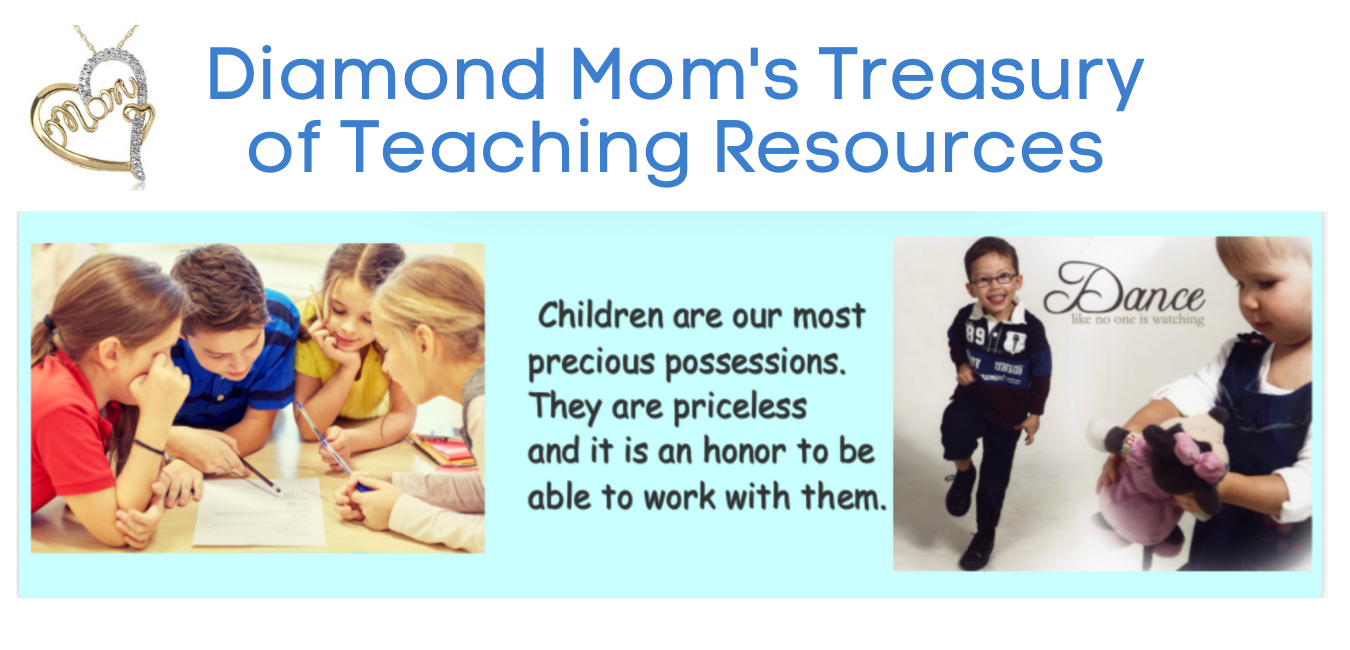
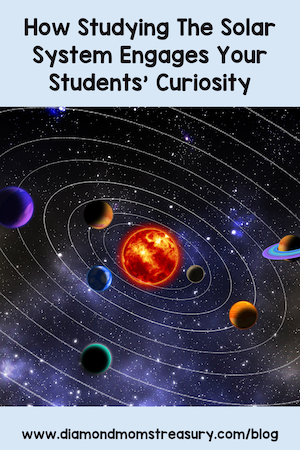
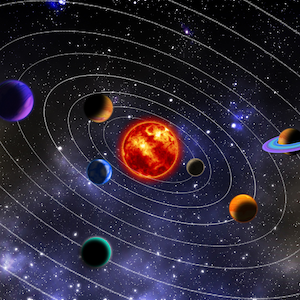


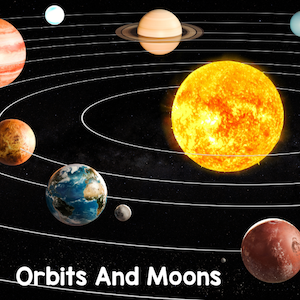
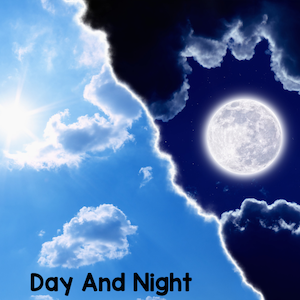
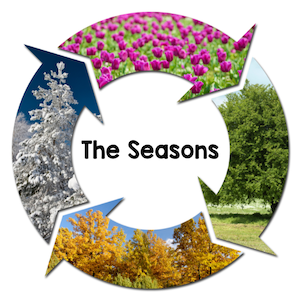
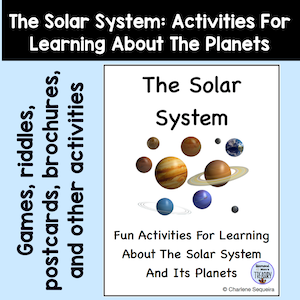
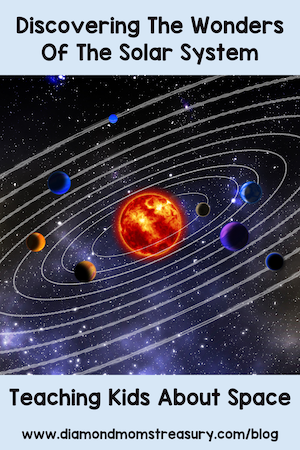
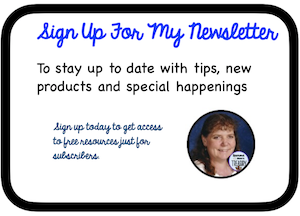
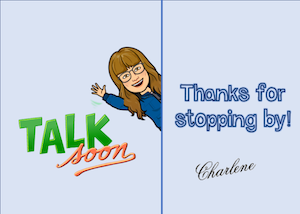

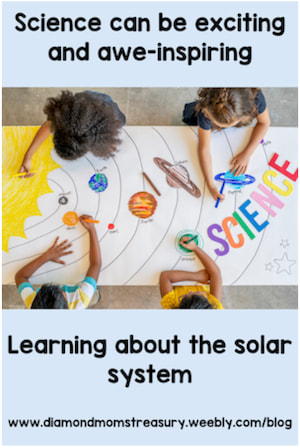
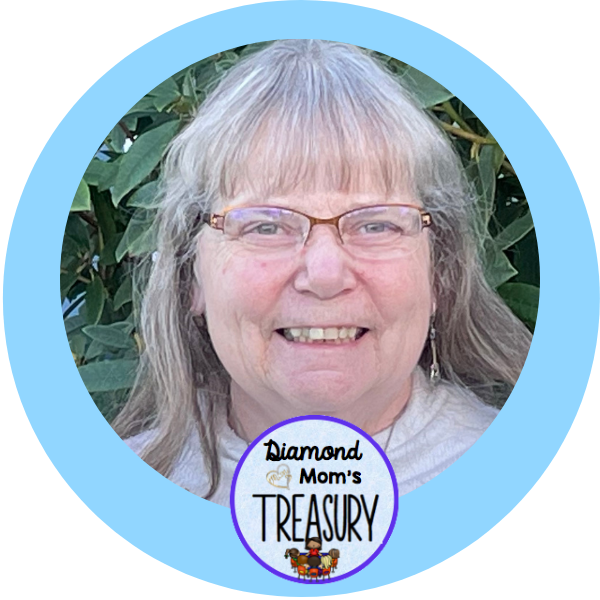

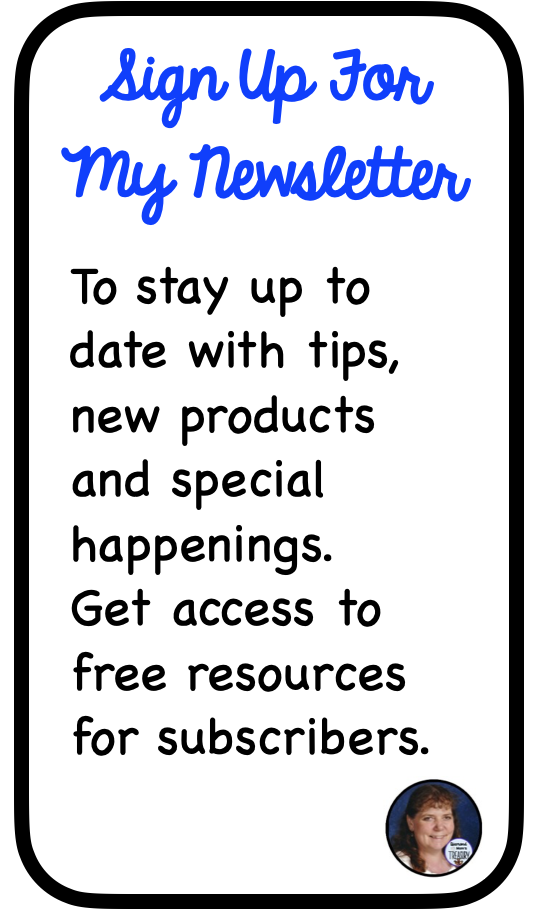
 RSS Feed
RSS Feed